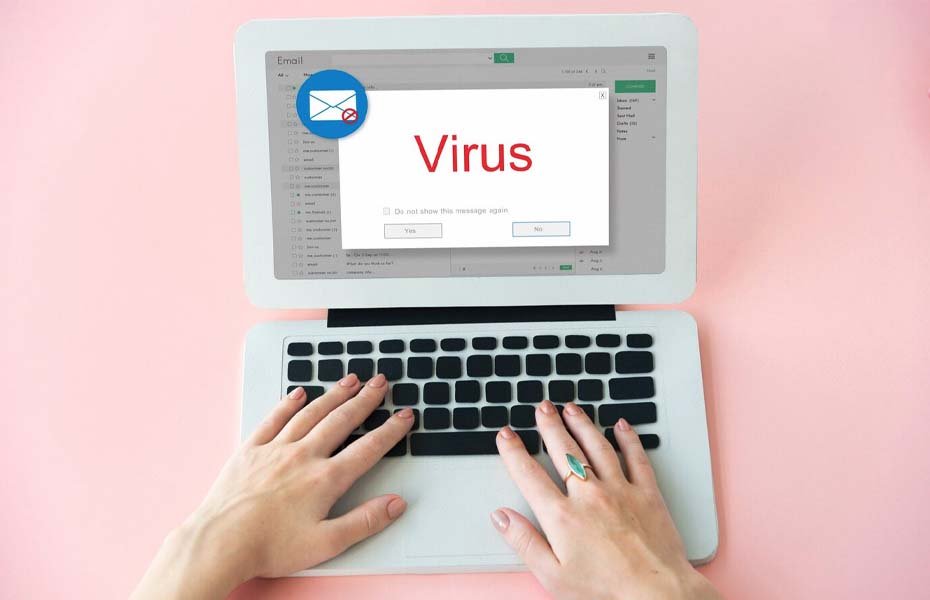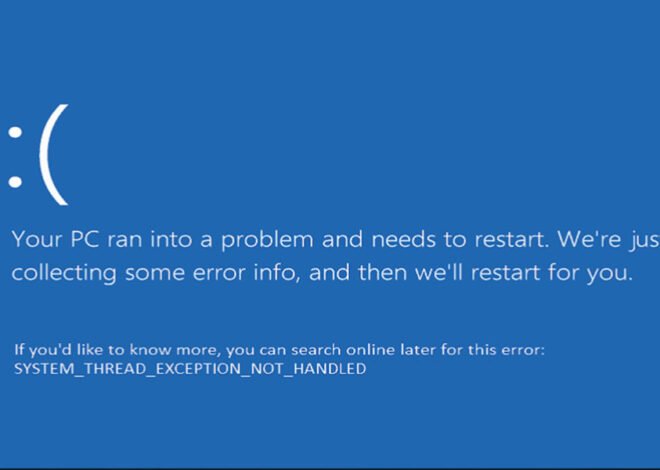
How to Manually Remove a Virus from Your Computer: A Detailed, Beginner-Friendly Guide
If you’ve ever been worried about your computer acting strangely or suspect that it might have a virus, don’t panic! Even if you don’t have antivirus software, you can still remove the virus manually. This guide will walk you through the process step-by-step in a way that’s easy to understand, even if you’re not a tech expert.
Step 1: Enter Safe Mode
Safe Mode is like a stripped-down version of your operating system. It only runs the essential programs, which can prevent the virus from loading and makes it easier to remove.
For Windows:
- Restart your computer.
- As it’s booting up, press the
F8key repeatedly until you see the “Advanced Boot Options” menu. - Use the arrow keys to highlight “Safe Mode with Networking” and press
Enter. - Your computer will start in Safe Mode, and the screen may look different because only basic drivers are loaded.
For Mac:
- Restart your Mac.
- Immediately hold down the
Shiftkey until the Apple logo appears. - Your Mac will start in Safe Mode, which might take a little longer than usual.
Step 2: Identify Suspicious Activity
Viruses can cause your computer to behave in strange ways, like slowing down, displaying random pop-ups, or running unknown programs. Here’s how to spot the signs:
Windows Task Manager:
- Press
Ctrl + Shift + Escto open Task Manager. - Click on the “Processes” tab to see all the programs currently running.
- Look for anything unfamiliar or that’s using a lot of resources (like high CPU or memory usage).
- If you find a suspicious process, right-click it and select “Open File Location” to investigate further.
- Press
Mac Activity Monitor:
- Open Finder, go to
Applications>Utilities, and double-click “Activity Monitor.” - Check the “CPU” and “Memory” tabs for processes that seem out of place or are using a lot of resources.
- If you find something suspicious, you can select it and click the
Xbutton to force quit the process.
- Open Finder, go to
Step 3: Uninstall Suspicious Programs
Sometimes, viruses can disguise themselves as legitimate programs. Removing these can help get rid of the virus.
On Windows:
- Open the Control Panel (you can search for it in the Start menu).
- Click on “Programs and Features.”
- Scroll through the list of installed programs and look for anything you don’t recognize or didn’t install.
- If you find something suspicious, click on it and select “Uninstall.”
On Mac:
- Open Finder and go to the “Applications” folder.
- Look for any apps you don’t remember installing.
- Drag any suspicious apps to the Trash and then empty the Trash to fully delete them.
Step 4: Delete Temporary Files
Temporary files can often harbor virus remnants, so it’s a good idea to clear them out.
On Windows:
- Press
Windows + Rto open the Run dialog box. - Type
cleanmgrand pressEnterto open Disk Cleanup. - Select your main drive (usually C:) and click “OK.”
- Check the boxes for “Temporary files” and any other files you want to delete.
- Click “OK” and then “Delete Files” to remove them.
- Press
On Mac:
- Open Finder and go to
Go>Go to Folder. - Type
/Library/Cachesand pressEnter. - Delete the contents of the Caches folder by dragging them to the Trash, and then empty the Trash.
- Open Finder and go to
Step 5: Manually Search for and Delete Virus Files
Now it’s time to roll up your sleeves and hunt down any remaining virus files.
For Windows:
- Open File Explorer by pressing
Windows + E. - Use the search bar at the top right to search for common virus file types, like
.exe,.dll, or.batfiles that were recently created. - Look through the search results for anything that looks out of place or unfamiliar.
- If you find a suspicious file, right-click it and select “Delete.” Be cautious not to delete system files.
- Open File Explorer by pressing
For Mac:
- Open Finder and use the search bar to look for files that don’t belong, especially in system folders like
/Library,/System, or/Applications. - If you find anything that seems suspicious, drag it to the Trash and empty the Trash.
- Open Finder and use the search bar to look for files that don’t belong, especially in system folders like
Step 6: Reset Your Web Browser
Viruses often mess with your web browser, adding unwanted toolbars or redirecting your searches. Resetting your browser can clear these issues.
For Chrome:
- Open Chrome and click on the three dots in the upper-right corner.
- Go to
Settings>Reset and clean up. - Click “Restore settings to their original defaults” and confirm.
For Firefox:
- Click the three lines in the upper-right corner and go to
Help>More Troubleshooting Information. - Click “Refresh Firefox” and confirm.
- Click the three lines in the upper-right corner and go to
For Edge:
- Click the three dots in the upper-right corner and go to
Settings. - Click “Reset settings” and choose “Restore settings to their default values.”
- Click the three dots in the upper-right corner and go to
Step 7: Update Your Operating System
Keeping your system up to date helps close security gaps that viruses can exploit.
On Windows:
- Go to
Settings>Update & Security>Windows Update. - Click “Check for updates” and install any available updates.
- Go to
On Mac:
- Go to
System Preferences>Software Update. - If updates are available, click “Update Now.”
- Go to
Final Tips
- Backup Your Data: Regularly backing up your data can save you from losing important files if your computer gets infected.
- Stay Informed: Educate yourself on the latest virus threats and how to avoid them.
- Use Caution Online: Be careful when downloading files or clicking on links, especially from unknown sources.



